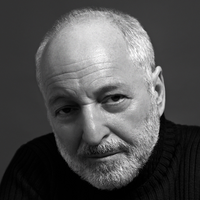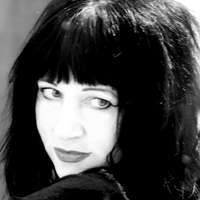On not being one-dimensional
Prelude
Born and raised in Singapore, Xavier Teo is an Executive Creative Director who has collaborated with directors, artists, musicians, and technologists on projects across mediums. Xavier has worked with advertising firms to create business-changing campaigns for the top 50 brands in the world. He has lived in four cities: Singapore, Boston, Los Angeles, and now in New York. Understanding culture is part of what he does, most recently at CNX, the creative agency of Condé Nast, Xavier is also an artist whose works are collected internationally.
Conversation
On not being one-dimensional
Artist and Creative Director Xavier Teo discusses overcoming obstacles, developing confidence, and having multiple creative outlets.
As told to Ken Tan, 1808 words.
Tags: Design, Art, Process, Success, Multi-tasking, Education.
What was growing up in Singapore like?
Life was pretty good, growing up as an upper middle class Singaporean in the 1980s. Then something happened when I was nine years old and changed the lives of my entire family forever: my dad went missing. My mom was pregnant when my dad went missing, and took a lot of the comfort along with him. It sounds like a movie but that was my childhood.
I went from being an upper middle class kid to being homeless, from relative to relative looking for a place to stay. Many rejected us, I think because of the “Asianness“ of avoiding trouble, or losing face. Life was tough. My mom had to work for 16 hours straight, until she made enough to afford a small flat in a housing project. I was really angry with everything. Eventually I dropped out of school when I was 16 years old. I just checked out.
What was a pivotal moment for you then?
By design, the Singapore meritocracy forces you through the education system. Having dropped out from the start, there was no chance for someone like me to progress. My mom had three kids to raise and worked in a factory that paid very little. Yet she knew I had to get some sort of education. So at 19, I took a one-year course on art at the LASALLE College of the Arts. I have no idea how my mom managed to pay for the expensive course fees, but she did. That’s where I learnt fine art painting, and sculpture, and got into making art with my hands. I guess I had a chip on my shoulder, and needed an outlet.
And discovered your creative side…
Yes, I met a guy named Jason Wee, who had this thing called a computer. He showed me this new Internet world and taught me how to code: HTML, JavaScript, Flash, Director and Macromedia. I got really interested in the burgeoning digital design movement. People were posting all sorts of creative work and creating crazy websites. Myself, I was building really strange things, weird interactive experiences. Perhaps you can call it digital art, like using only JavaScript to generate multiple pop-up windows to form an image. My thought was: “How cool and weird can I get to have people interact with my work?”
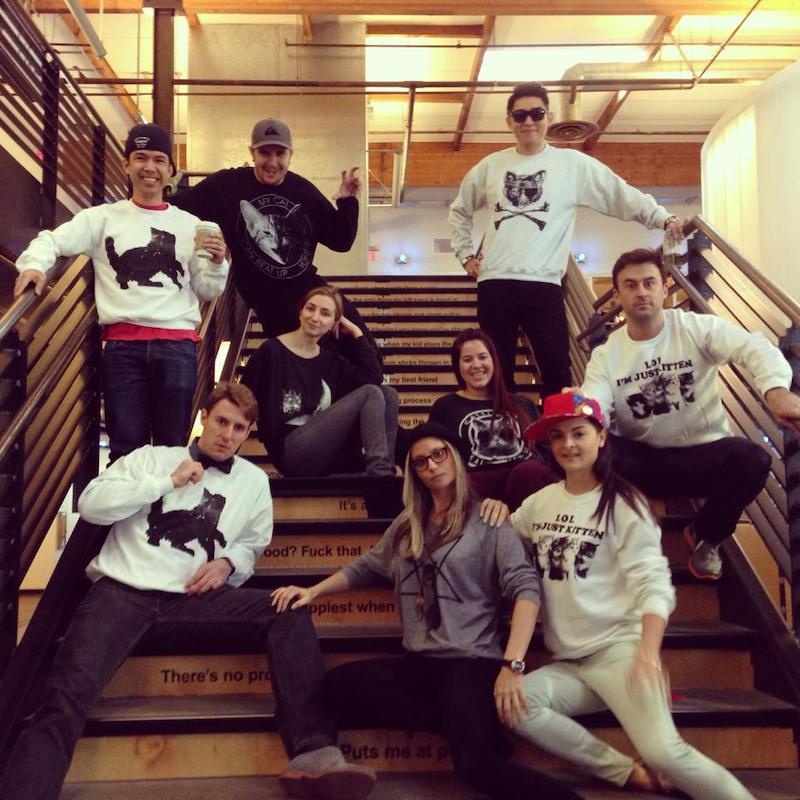
Deutsch LA, Courtesy of Xavier Teo.
You mentioned you had a “chip on your shoulder.” Could you speak more about that?
I didn’t realize how angry I was at that time till I was much older. I never went through a proper education, and in Singapore, that is viewed negatively. Because of that people assume you don’t deserve certain things or that you will not be successful. One of the biggest motivations you can say to anyone who really wanted to fight (like me) was “You will not make it.” So I fought. I worked hard. When I was not working, I was learning. I was always online learning, trying to be a better designer, Photoshop artist, etc.
Coming from a humble background, I had nothing to lose, which was really liberating. How bad would it be if I fell three steps backwards? I’m still better off from where I started. That mindset stuck till today. How far can I go? I will try anything. Because I know that even if I fail, I either learn something new or default to where I was before.
So you had to see if you could survive working in the US?
Yes. By then, my digital commercial work at OglivyOne had earned some success in advertising. I was 28 and curious about the world. There was a company in Boston called Modernista!. I had never traveled to America before, but there I was, off to Boston to interview with owners Gary Koepke and Lance Jensen. After a really good chat, I walked around the city but when I got back to the hotel, the contract was already at the front desk. I took the job. That was about 12 years ago and have been based in the US ever since.
That’s spontaneous. What was the transition like moving there?
Without proper qualifications it was definitely challenging to get a visa to work in the US. Modernista! applied for an O-1 Visa, where Gary and Lance had to make a case that I demonstrated specialized talent. My visa process took about eight months to get approved. The move itself was easy, again thanks to the guys who believed in taking care of everything so that the new hire did not have to worry about anything other than the new job. But the timing could not have been worse: it was 2009, during the economic crisis. Against everyone’s warning I moved right into the storm. I’ve always joked with my team, that if you could survive as a creative during those times, you can survive anything. Well, until 2020.
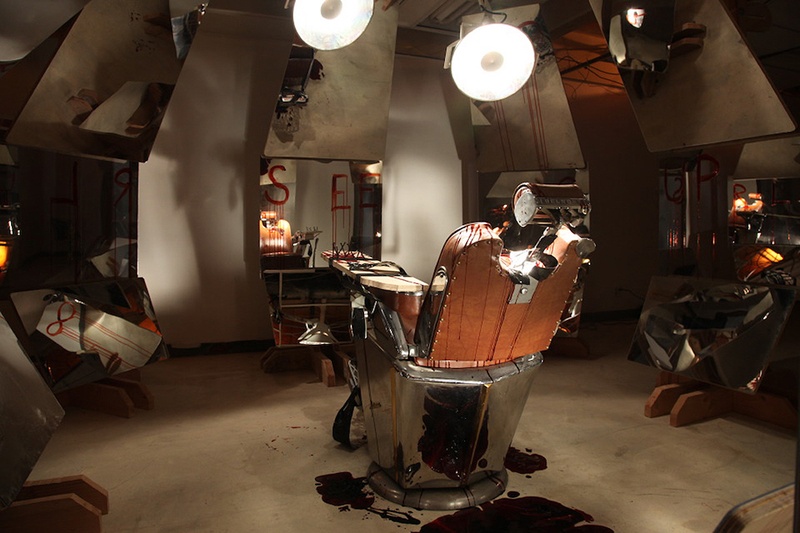
An alternate reality game for the series Dexter, launched at the 2010 San Diego Comic-con. Courtesy of Xavier Teo.
I’m sure there were differences in work culture and ethics. Coming from Asia, how did you adjust?
It was intimidating initially. I was hired as an Associate Creative Director, a mid-level position with people to manage. The younger creatives in Modernista! had better portfolios in terms of scale, simply because they were in a bigger market as compared to me in Singapore. Many had done Superbowl commercials, while there I was not even knowing what the hell a Superbowl commercial is!
It took me a while, but I earned the respect from the people in the company. On one hand there was the economic crisis looming, the staff were stressed out and worried about their jobs. Then on the other, here were fiercer, younger creatives who thought that they could do your job—and in all honesty, they can. But I was hired. I had my job to do.
How did you earn respect?
Check your ego at the door. Listen to others. If you believe that your team, or anyone for that matter, are really talented, listen to them, and work with them. Most importantly, have a very strong point of view about why you are there in the first place. Others might be more talented, but there’s a reason why you were hired. You have to really understand that.
What’s a good piece of advice you have received?
The most brilliant advice was from Gary, who said: “The reason we hired you is because we looked at the way you live, the way you talk, the way you dress, and your portfolio. You have a good sense of what looks good and what doesn’t. A campaign may have no idea, but I can safely say that it will definitely look good. So that’s your benchmark—the least you could do is to make everything you do look as good as possible.” I have not made anything in my entire career that I’m not proud of visually.
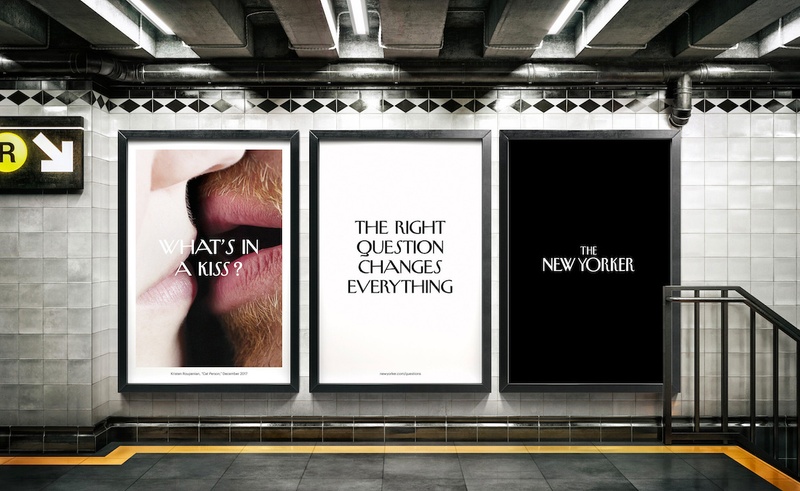
The New Yorker Brand Campaign, NYC 2020. Courtesy of Xavier Teo.
You moved to New York, and most recently worked at CNX, the creative agency of Condé Nast. What was the experience like working with Anna Wintour?
Anna Wintour doesn’t say much, but your interaction with her will be a lifelong lesson. For example, I learnt from her that as a leader, you had to be as clear as possible. Because when you are not clear about what you want, in a leadership position, or not clear what the next steps are, there’s a very high chance that people will start to spin, resulting in a waste of time, energy and money. The second thing I took away from her is to be yourself. Just be unapologetically yourself. That’s the only way.
CNX had to close because of the pandemic. Did you get into art because of that?
It was painful because again it was the same situation as when Modernista! had to close back in 2012, only this time much sadder. It was a team I helped build so it was definitely closer to my heart.
Actually, no, I was already making art in the studio before the outbreak. Digital art was a little too close to the world I work in. I wanted something that is more tangible, more physical. A studio allowed me to go in and get my hands dirty, and to disconnect from work and technology, but still be creative. Everything disappeared when COVID hit. I guess I’m not alone to realize then how important making things was to my creative soul.
How does art help?
I am trying to understand myself a little deeper. Throughout my life I felt I have moved quickly and changes came very drastically, and did not really have time to step back and think emotionally. I’ve been thinking a lot about my dad, whom I mentioned disappeared when I was nine, and needed a way to reconnect with him, through art. This led to the project “Write My Name” where for 365 days I wrote my own name the way my dad taught me, or at least how I remembered it. You see, he was a refined calligrapher, and guided me into the practice with my own Mandarin name: Zhang. Each day with my Wacom tablet, I tried to relive those father-son moments which honestly, are constantly fading as I age. I can’t see his face anymore. The project was pretty intense, but I took away a lot from the process. I’m currently expressing other inner feelings and histories via abstraction.
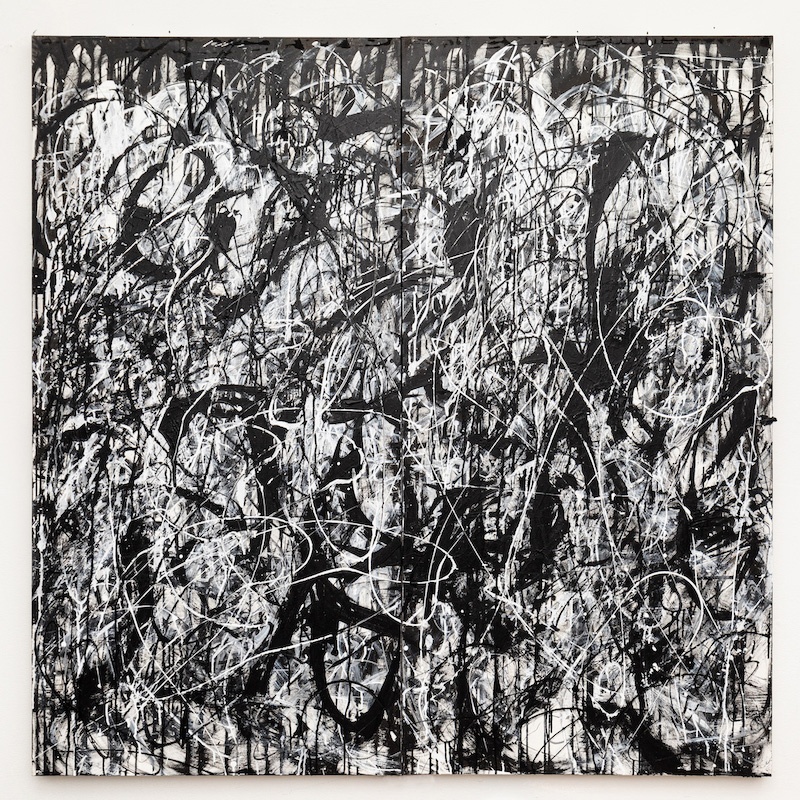
Antithetical Couplet No. 2 - 对联二, Acrylic and Chinese Ink on Canvas, 2020. Courtesy of Xavier Teo.
How do you fight a creative burnout?
Do not be one dimensional. For example, had I been only defined as an advertising creative, I will only have one avenue. And if I get a burnout in that space, I’m done. I never want to be defined as one type of person—the whole idea of not being able to define yourself gives you an outlet to escape once one side becomes too much. And to be able to move around is a blessing.
Xavier Teo Recommends:
People: Robert Longo - My inspiration.
Book: Collaborate or Die: How Being a Jerk Kills Ideas and Careers - by Brett Craig
Book: The Sick Bag Song - Nick Cave
Book: The Art of Charlie Chan Hock Chye - Sonny Liew
- Name
- Xavier Teo
- Vocation
- Artist, Executive Creative Director
Some Things
Pagination
